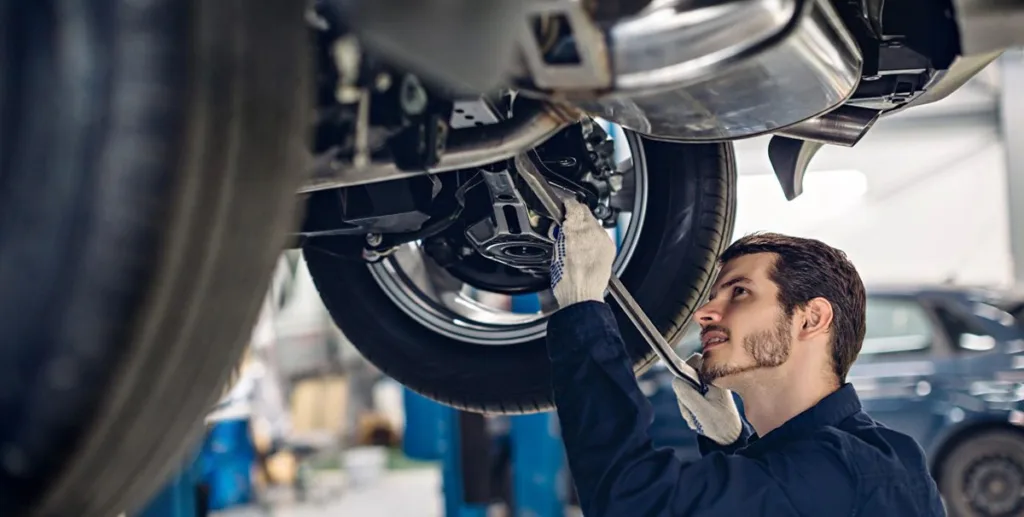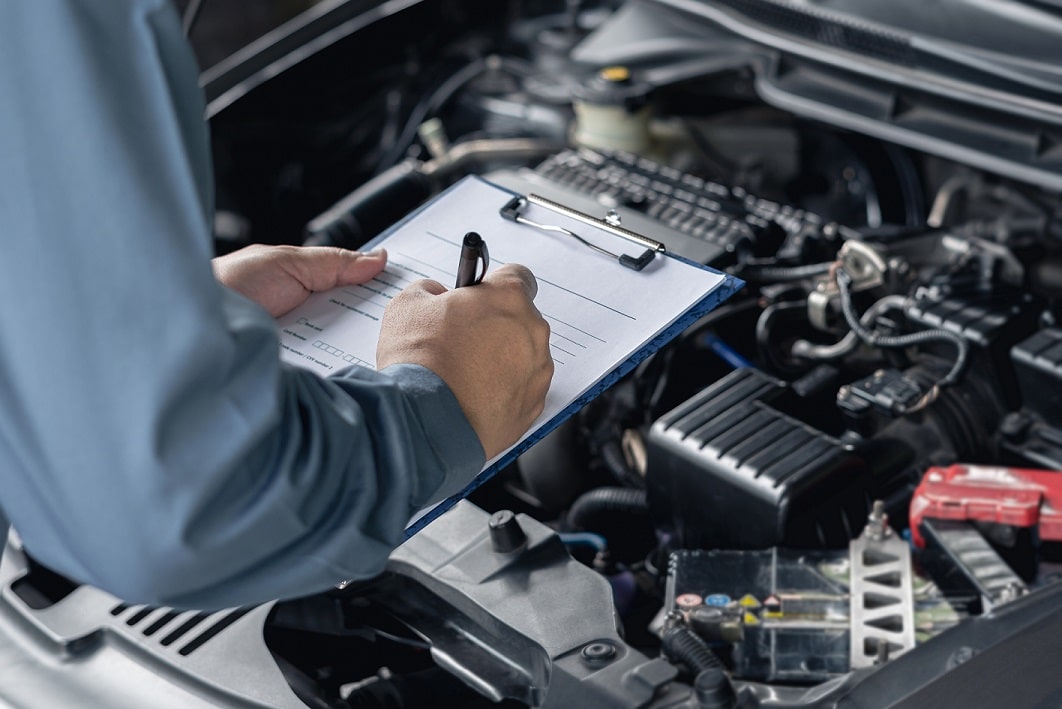All Categories
Featured
Your vehicle's suspension system is an essential element that boosts your driving experience by offering comfort, control, and security. Right here's a step-by-step guide to keeping your suspension system in outstanding form.
![]()
Dripping Fluid: Oil around the shocks or struts shows they may require replacement. Harmed Springs: Splits or breaks in the springs can create unequal lorry elevation. Corrosion or Corrosion: Metal elements like control arms and bushings are at risk to corrosion with time. Have your suspension system examined by an expert mechanic. if you notice any type of irregularities.
Keep tires blown up to the suggested pressure. Turn tires every 5,000 to 7,500 miles. Balance and line up wheels every year or after hitting visuals or splits. Irregular tire wear is an usual indicator of suspension misalignment or used parts.
![]()
Conclusion. Appropriate upkeep of your suspension system is important for making certain a risk-free and comfortable driving experience. By conducting routine inspections, changing used components, keeping tire care, and driving properly, you can maintain your suspension in peak problem. Aggressive care not only stops expensive fixings but also guarantees your vehicle's durability and safety for each trip.
- Comprehend the Significance of the Suspension System. The suspension system soaks up shocks from irregular roads, supports the car's weight, and maintains the tires firmly in contact with the roadway. It consists of shocks, shows off, springtimes, control arms, and bushings, all of which work with each other to make sure a steady and smooth experience. Identifying its value is the primary step towards proper treatment.
- Conduct Regular Aesthetic Examinations. Constant aesthetic checks can help identify potential issues early. Search For:

Dripping Fluid: Oil around the shocks or struts shows they may require replacement. Harmed Springs: Splits or breaks in the springs can create unequal lorry elevation. Corrosion or Corrosion: Metal elements like control arms and bushings are at risk to corrosion with time. Have your suspension system examined by an expert mechanic. if you notice any type of irregularities.
- Address Uncommon Sounds and Signs. Unusual noises, such as creaking, squealing, or clunking, commonly signal suspension issues. A bouncy experience, difficulty steering, or the vehicle drawing to one side suggests that a suspension part may require focus. Don't neglect these signs; early discovery can protect against additional damages.
- Keep Appropriate Tire Treatment. Tires and suspension interact to supply a smooth trip. To decrease stress and anxiety on your shock absorber:
Keep tires blown up to the suggested pressure. Turn tires every 5,000 to 7,500 miles. Balance and line up wheels every year or after hitting visuals or splits. Irregular tire wear is an usual indicator of suspension misalignment or used parts.
- Replace Worn-Out Elements in a timely manner. Suspension parts like shocks, struts, and bushings wear gradually. Suppliers commonly advise changing shocks and shows off every 50,000 to 100,000 miles, depending upon driving conditions. Postponing substitute can endanger handling, safety, and general lorry performance.

- Avoid Overloading Your Car. Exceeding your lorry's weight ability places too much stress on the suspension system. This can result in faster tear and use on elements like shocks and springtimes. Constantly inspect your proprietor's handbook for weight restrictions and prevent overloading.
- Drive Properly. Hostile driving routines, such as speeding up over pockets, taking corners as well fast, or often driving on rough roads, can damage your suspension. Technique cautious driving to minimize wear and extend the lifespan of your shock absorber.
- Set Up Specialist Inspections. Routine specialist assessments are essential for determining covert issues and making sure optimum efficiency. Mechanics can detect issues that aren't visible throughout a DIY check, such as used sphere joints or control arm damages.
Conclusion. Appropriate upkeep of your suspension system is important for making certain a risk-free and comfortable driving experience. By conducting routine inspections, changing used components, keeping tire care, and driving properly, you can maintain your suspension in peak problem. Aggressive care not only stops expensive fixings but also guarantees your vehicle's durability and safety for each trip.
Latest Posts
Uncover Exceptional Car Repair Solutions from Montclare Auto Repair – Keep Your Car Running Smoothly
Published May 29, 25
1 min read
Explore Premier Vehicle Maintenance Services from Montclare Auto Repair – Keep Your Car Running Smoothly
Published May 27, 25
1 min read
Specialist Business Roofing Solutions in North Platte, Nebraska
Published May 23, 25
2 min read
More
Latest Posts
Uncover Exceptional Car Repair Solutions from Montclare Auto Repair – Keep Your Car Running Smoothly
Published May 29, 25
1 min read
Explore Premier Vehicle Maintenance Services from Montclare Auto Repair – Keep Your Car Running Smoothly
Published May 27, 25
1 min read
Specialist Business Roofing Solutions in North Platte, Nebraska
Published May 23, 25
2 min read